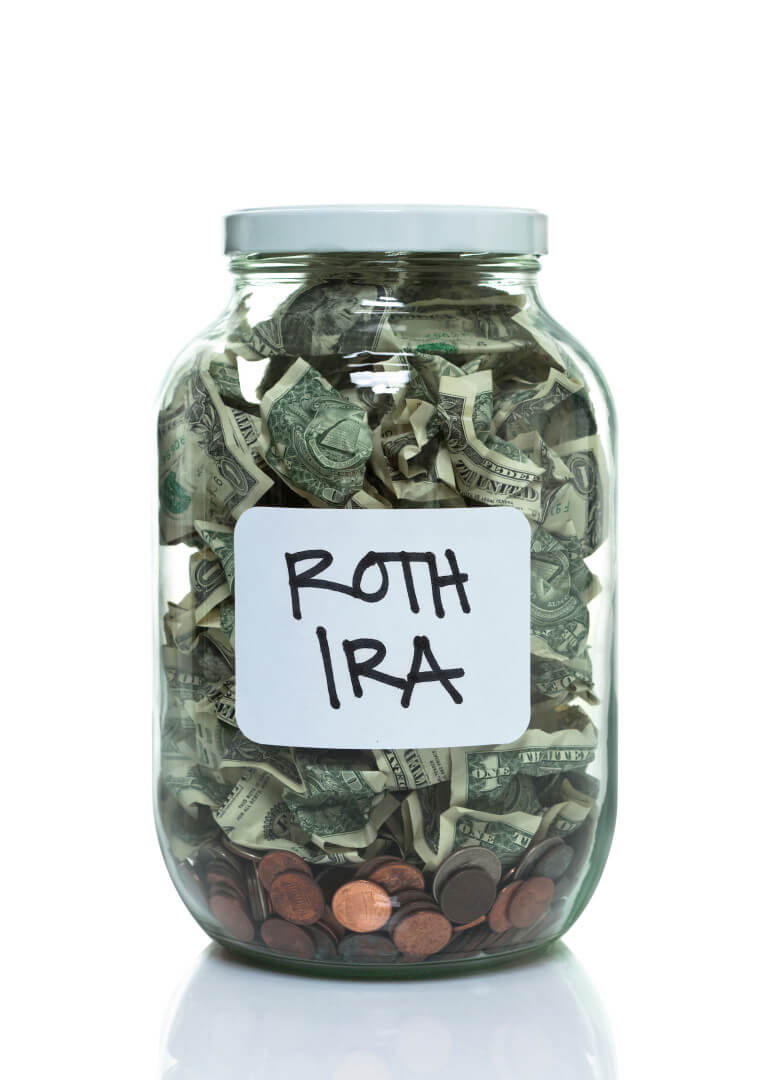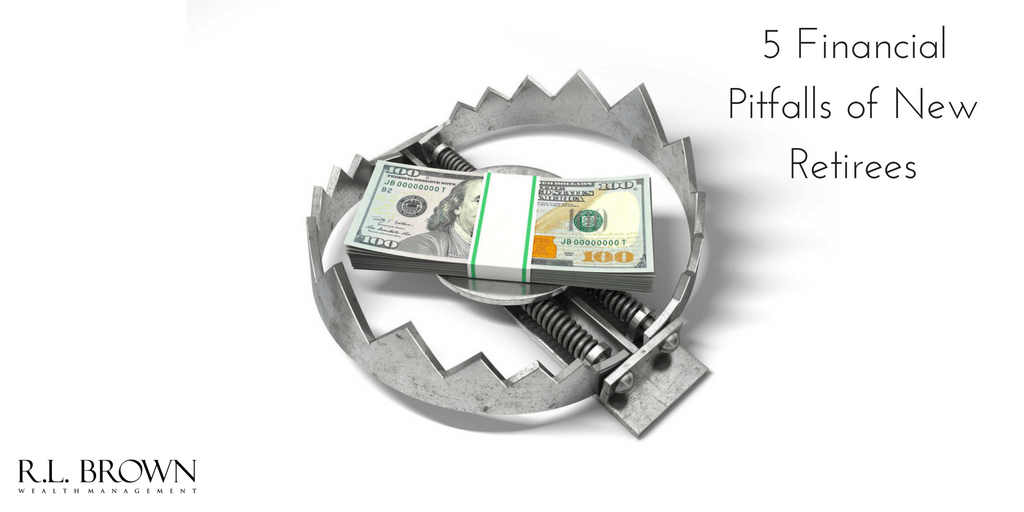Do you know all the many advantages to opening a Roth IRA? If you’re like many Americans, you probably don’t realize just how beneficial this investment vehicle could be. For starters, a Roth IRA is a prime way to create tax-free retirement savings. With that in mind, let’s take a look at some of the other ways opening a Roth IRA could be one of your best decisions yet, and how to get the most out of your investments.
- The earlier you start contributing, the more it will work for you.
Contributions to a Roth IRA—even small ones—are much more valuable if they have a long time to grow.
Check out the beauty of compounding returns: if you contributed the maximum $5,500 to a Roth IRA at age 30, it would multiply to nearly $24,000 based on historical stock market returns, when you reached 45. On the other hand, you’d have to contribute $24,000 at age 45 if you wanted to reach the same level of savings when you retired, instead of the original $5,500 you contributed at age 30.
- Be mindful of your Roth investments.
As I stated in the introduction, Roth IRA contributions grow on a tax-free basis, and can therefore be withdrawn in retirement without losing any of it to Uncle Sam. Those extra savings can mean a lot once you’re retired and living on a fixed income.
Do some research and/or talk to an expert that can recommend some smart, yet aggressive investments with an appropriate amount of risk for your situation.
Even the slower growing stocks can prove to be outstanding performers over time—especially if you buy them when they’re undervalued and hold on to them for a number of years. Let’s say for example that you invested $5,000 in a company that grows by 15%, on average, over 20 years. That position would end up worth close to $82,000, and the entire profit of nearly $77,000 would be tax-free. In contrast, if you’d invested in that stock in a traditional IRA and you were in the 25% tax bracket, you might have found yourself paying more than $19,000 in taxes.
- Consider a Roth conversion
Since you have the opportunity to earn more in a tax-free manner with a Roth versus a 401(k) or traditional IRA, it may make sense for you to convert some of your investments. The catch is you’ll be required to pay upfront taxes on the amount you convert to a Roth, but remember you’ll never have to pay those taxes again once you retire. And, by doing a conversion now, you’ll lock in your tax liability, rather than facing whatever tax law changes may occur in the future.
Also, because of a 2010 law change, Roth conversions are now available regardless of your income. Conversions can be an especially good choice for people currently in a low tax bracket. Just think about the money you’ll save from paying a low amount in taxes at the time of your conversion, after which your money can grow in a tax-free manner until you need it during your golden years.
The bottom line: If you think you may be a good candidate for opening a Roth IRA or doing a Roth IRA conversion, talk to a financial professional that can guide you through the process. Remember to contribute as much as you can as early as you can. Even if it’s just a few hundred or a couple thousand dollars each year, your money growing in a tax-free manner over time will make all the difference.







